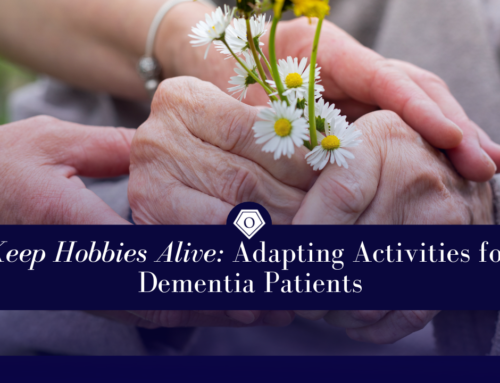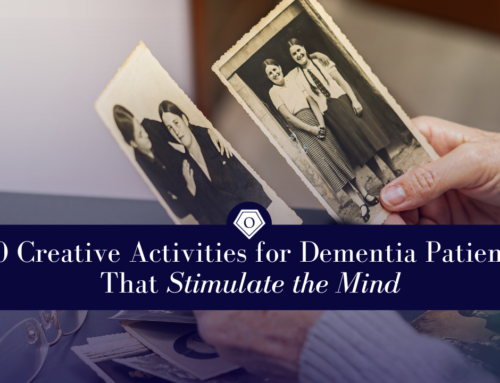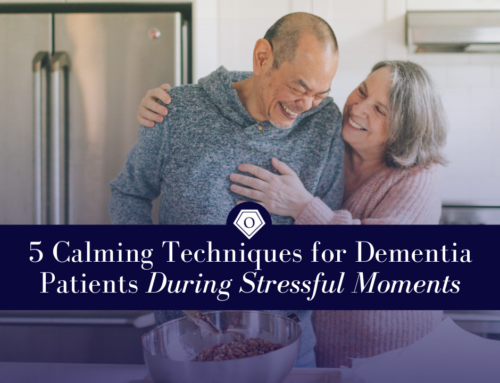Are you worried about a loved one getting out of bed on their own?
There is important information to consider before purchasing assistive devices for your loved one. According to the FDA, 803 incidents of patients caught, trapped, entangled, or strangled in beds with rails were reported to the FDA between 1985 and January 1st 2009. Even more startling, of these reports 480 people died!
It is important to note that the FDA considers bed railing a restraint in some cases. Bed rails should never be used as restraints. Patients that have problems with memory, sleeping, incontinence, pain, uncontrolled body movement, or who cannot get out of bed safely without assistance should be assessed by a professional for the best ways to keep them from harm such as falling.
Benefits and Risks of Bed Rails form the FDA
Potential benefits of bed rails include:
- Aiding in turning and repositioning within the bed.
- Providing a hand-hold for getting into or out of bed.
- Providing a feeling of comfort and security.
- Reducing the risk of patients falling out of bed when being transported.
- Providing easy access to bed controls and personal care items.
Potential risks of bed rails may include:
- Strangling, suffocating, bodily injury or death when patients or part of their body are caught between rails or between the bed rails and mattress.
- More serious injuries from falls when patients climb over rails.
- Skin bruising, cuts, and scrapes.
- Inducing agitated behavior when bed rails are used as a restraint.
- Feeling isolated or unnecessarily restricted.
- Preventing patients, who are able to get out of bed, from performing routine activities such as going to the bathroom or retrieving something from a closet.
FDA Recommended Way of Meeting Patients’ Needs for Safety
Most patients can be in bed safely without bed rails. Consider the following:
- Use beds that can be raised and lowered close to the floor to accommodate both patient and healthcare worker needs.
- Keep the bed in the lowest position with wheels locked.
- When the patient is at risk of falling out of bed, place mats next to the bed, as long as this does not create a greater risk of an accident.
- Use transfer or mobility aids.
- Monitor patients frequently.
- Anticipate the reasons patients get out of bed such as hunger, thirst, going to the bathroom, restlessness, and pain; meet these needs by offering food and fluids, scheduling ample toileting, and providing calming interventions and pain relief.
When bed rails are used, perform an on-going assessment of the patient’s physical and mental status; closely monitor high-risk patients. Consider the following:
- Lower one or more sections of the bed rail, such as the foot rail.
- Use a proper size mattress or mattress with raised foam edges to prevent patients from being trapped between the mattress and rail.
- Reduce the gaps between the mattress and side rails.
Optimized bed safety is an ongoing process that requires continual evaluation and monitoring.
* FDA: In this brochure, the term patient refers to a resident of a nursing home, any individual receiving services in a home care setting, or patients in hospitals.






